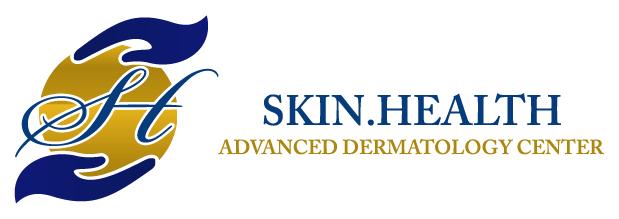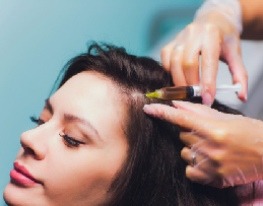About Us

Hair Restoration Therapies
PRP treatments, also known as PRP hair restoration has received a lot of attention by the media, medical community and general public at large. This treatment has been used for a long time for the treatment of non-healing ulcers, arthritis and tendon injuries.
Its use in Cosmetic Dermatology is less than two decades old. This therapy has been used to treat hair loss and hair thinning. Less popularly, it is also used for skin rejuvenation and the treatment of post acne scars and pigmentation. When performed correctly, the results are highly encouraging.
Have you ever noticed how your skin can heal itself after a cut or a wound? The wound bleeds and then oozes for a few days and then you can see fresh tissue forming to seal up the wound. The PRP treatment draws on your body’s innate ability to heal, repair and rejuvenate.
The treatment involves drawing 24-30 ml of blood from the patient and running it in a centrifuge to separate the solid red cells and white cells from the liquid yellow plasma. The plasma contains platelets, which when activated, either by centrifuging or by passing light, releases 19 different growth factors.
These growth factors promote healing, hydration, formation of new blood vessels and regeneration of tissues. This plasma is then injected back to the skin of your face or scalp, with multiple very superficial pricks. Numbing creams and vibratory devices are used to make the treatment comfortable. The treatment has no side effects when done under sterile conditions.
You may experience pain and swelling for a few days, but basic painkillers like paracetamol can keep you comfortable and ready to be back at work the very next day.
This treatment requires 3-6 sessions for full benefit, depending on the severity of the hair loss or skin damage.
Correct technique and proper understanding of the science is pertinent to excellent results. To cut costs, some centres only draw 8 ml of patient blood and do a single centrifuge which leaves the doctor with very little plasma to work with.
In fact, most of the plasma is platelet POOR. In our centre, Dr Sunaina Hameed personally withdraws 24-30 ml of blood and runs a double centrifuge to harvest a generous amount of platelet RICH plasma, to enhance quality and efficacy.
GFC treatments also require drawing the patient’s own blood and extracting the plasma. However, in this case, specialized designed kits are used to prepare a concentrated growth factor preparation from the patient’s blood cells. The treatment works well, even on patients who have poor platelet counts. The GFC therapy kits contain a platelet activating solution. They are designed to extract growth factors from the patient’s own platelets at high concentrations. GFC treatments are less painful compared to PRP treatments and results have been very encouraging – making GFC treatments more popular lately. This treatment also requires 3-6 sessions done at monthly intervals.
Both PRP and GFC treatments work very well post hair transplantation – to encourage speedier hair regrowth and improve post surgery success rates.
QR678 Neo is another non-surgical hair restoration treatment. This is a bioengineered recombinant formulation consisting of a combination of growth factors and biomimetic peptides. This formulation is also injected into the scalp using a mesotherapy technique. It does not involve any blood draw and can usually be done without using anaesthetic creams. It is an Indian FDA approved formulation which has received India and USA patents. Efficacy has been demonstrated in multiple studies and it is already in use in over 10 countries. Although it has shown efficacy in the treatment of male and female balding as well as Telogen Effluvium (excess hair shedding post delivery, post covid, post stress) – It has also shown efficacy in hair fall caused by drugs and chemotherapy. In the later case, rather than using the patient’s own plasma which still carries the drug, we prefer to use the QR678 Neo formulation. It requires 6-10 sessions on a fortnightly or monthly interval (depending upon the indication being treated).
For those suffering from balding (controlled by factors like genetics, hormones and ageing – none of which can be reversed or rectified) – maintenance sessions may be needed every 3-4 months, irrespective of the treatment modality chosen.

